There is an ancient Bac Ninh underground
Since the dawn of human history, humans have been present in Bac Ninh. During his lifetime, when researching the cultural geography of Bac - Kinh Bac, Professor Tran Quoc Vuong once affirmed: With its important geographical location and long history, Bac Ninh is the intersection and acculturation point between indigenous culture and foreign cultural flows such as Han, Indian, Cham... creating a unique multi-layered cultural space lasting from prehistoric times to the Ly - Tran dynasties.
 |
Archaeological excavation at Luy Lau citadel in April 2025. |
Contemporary researchers assess that Bac Ninh is one of the localities with the densest density of archaeological relics in the North. The archaeological space of Bac Ninh is wide and diverse, notably ancient settlement sites in the Yen Tu mountain area; Dong Son cultural sites along the Dau River, ancient Tieu Tuong River; to the administrative and commercial center of Luy Lau during the Chinese domination period, associated with the process of spreading Buddhism at Dau Pagoda, To Pagoda... During the Ly, Tran, Le, Nguyen dynasties, the system of archaeological relics was also extremely dense with Phat Tich Pagoda, Dam Pagoda, Do Temple, the tombs of the Ly kings; followed by Bo Da Pagoda, Vinh Nghiem Pagoda and the system of relics belonging to the Truc Lam Yen Tu Zen sect, Xuong Giang citadel, Yen The Uprising sites, Tho Ha and Van Ha ancient villages... all preserving cultural layers of national history.
| The Law on Cultural Heritage (amended in 2024) officially took effect from July 1, 2025, along with Decree 208/2025/ND-CP dated July 17, 2025 of the Government, which specifically stipulates archaeological planning. This is a clear legal basis, affirming the indispensable role of archaeological planning in the process of socio -economic development. |
The system of archaeological relics in Bac Ninh reflects the continuous development process, from Dong Dau, Go Mun culture (prehistoric), Dong Son culture, Han - Duong culture (early history), to the independent period of the Ly, Tran, Le, Mac, Nguyen dynasties. Hundreds of thousands of artifacts have been discovered through the research and excavation process: From stone tools, bronze objects, pottery, bronze drum molds, to architectural traces, tombs, Buddha towers, pottery kilns... All are vivid evidence of the continuous residence process and brilliant civilization of the resident communities throughout thousands of years of history.
The value of archaeological heritage in Bac Ninh is not only limited to scientific research and traditional education , but also a great resource for exploiting and developing spiritual and cultural tourism and building the identity of modern urban areas. Therefore, planning, preserving and promoting the value of ancient cultural strata in Bac Ninh is a common responsibility and task.
Preserving heritage for future generations
Preserving archaeological heritage resources is a difficult and extremely complex problem. Because unlike architectural relics existing on the ground, archaeological heritage is hidden deep underground, difficult to identify, and easily damaged during the construction process. Moreover, due to its wide distribution, many sites have not been fully studied, and are located in areas with high urbanization rates, so investigation and survey work encounter many difficulties.
 |
Architectural decorative materials from the Ly - Tran dynasty discovered at the Tinh Lu pagoda relic (Dong Cuu commune). |
In fact, the speed of urban and industrial development in Bac Ninh is putting archaeological heritage at risk of being lost. In many areas, although archaeological traces have been discovered, the handling work is still passive and confused due to the lack of overall planning. For example, the ancient boat relic discovered during the renovation of a fish pond of a household in Cong Ha neighborhood (Song Lieu ward) in early 2025 is an example. If the pond owner is irresponsible, or does not promptly report to the professional agency, the ancient boat relic could very well have been destroyed by an excavator...
Dr. Pham Van Trieu, Head of the Historical Archaeology Department (Institute of Archaeology) affirmed: “Each underground archaeological site is like a unique history book. Once violated or destroyed, that book will be destroyed and disappear forever”. Therefore, archaeological planning is both a solution to protect heritage and a scientific legal tool to delimit areas that have and are likely to contain relics. The government and relevant agencies need to have basic investigation programs. Some typical relics must be excavated and their historical and cultural values assessed. On that basis, archaeological planning should be included in the overall development strategy, integrated into land use planning and construction planning to avoid conflicts between conservation and development.
Affirming the importance and necessity of archaeological planning, Dr. Nguyen Van Dap, Deputy Director of the Department of Culture, Sports and Tourism of Bac Ninh province analyzed: When there is an archaeological planning, construction projects will have a basis to clearly define the scope of influence, thereby avoiding legal problems and delays. At the same time, data from the planning will serve the purpose of preparing records, ranking, protecting relics, as well as selecting potential areas for investment in excavation, exhibition, promotion, tourism development, etc.
Archaeological planning requires interdisciplinary coordination including: Archaeology, geology, environmental resources, ethnology, ecology... This is not the task of the Department of Culture, Sports and Tourism alone, but requires the active participation of relevant departments, sectors and localities from field surveys, determining coordinates, zoning protection, to integration in spatial planning.
In the flow of contemporary life, the implementation of archaeological planning is not only a responsibility but also a measure of the vision and capacity of sustainable development management of the locality. Archaeological planning today contributes to current and future development. It is also a way to preserve memories and nurture the cultural depth of the Kinh Bac - Bac Ninh land that is striving to integrate, develop and shine.
Source: https://baobacninhtv.vn/quy-hoach-khao-co-hoc-bao-ton-phat-huy-gia-tri-di-san-postid423944.bbg



![[Photo] Prime Minister Pham Minh Chinh chairs meeting of National Steering Committee on International Integration](https://vphoto.vietnam.vn/thumb/1200x675/vietnam/resource/IMAGE/2025/8/26/9d34a506f9fb42ac90a48179fc89abb3)
![[Photo] Brilliant red of the exhibition 95 years of the Party Flag lighting the way before the opening](https://vphoto.vietnam.vn/thumb/1200x675/vietnam/resource/IMAGE/2025/8/27/e19d957d17f649648ca14ce6cc4d8dd4)
![[Photo] Prime Minister Pham Minh Chinh receives CEO of Samsung Electronics](https://vphoto.vietnam.vn/thumb/1200x675/vietnam/resource/IMAGE/2025/8/26/373f5db99f704e6eb1321c787485c3c2)
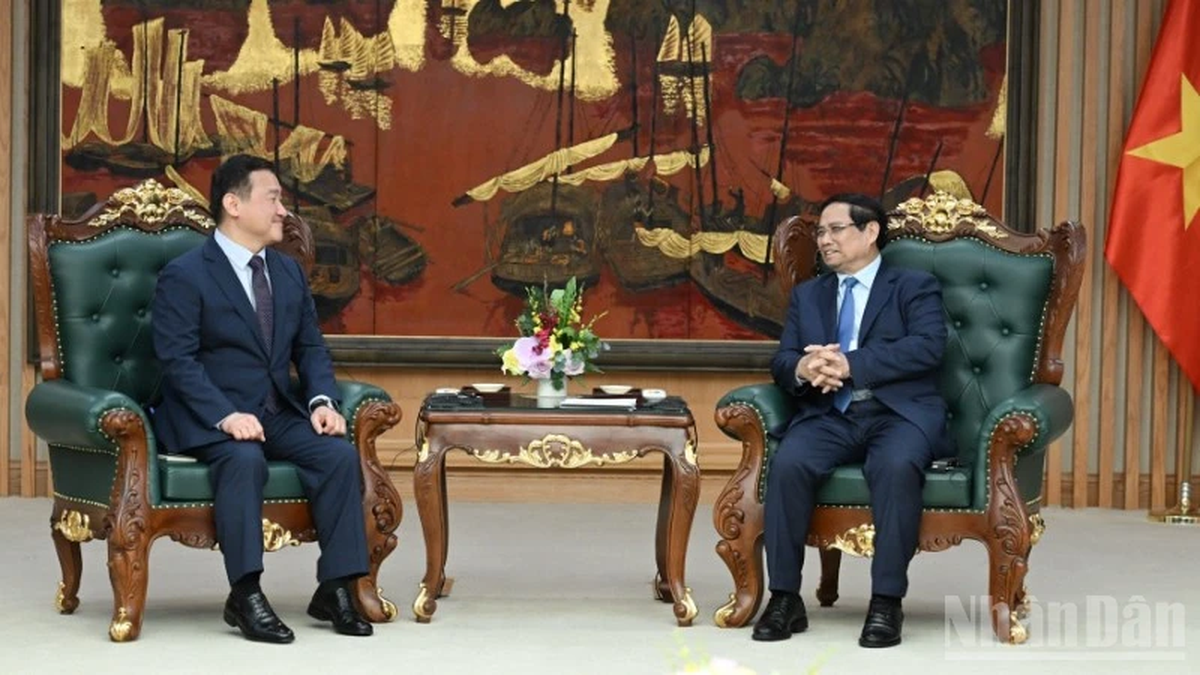
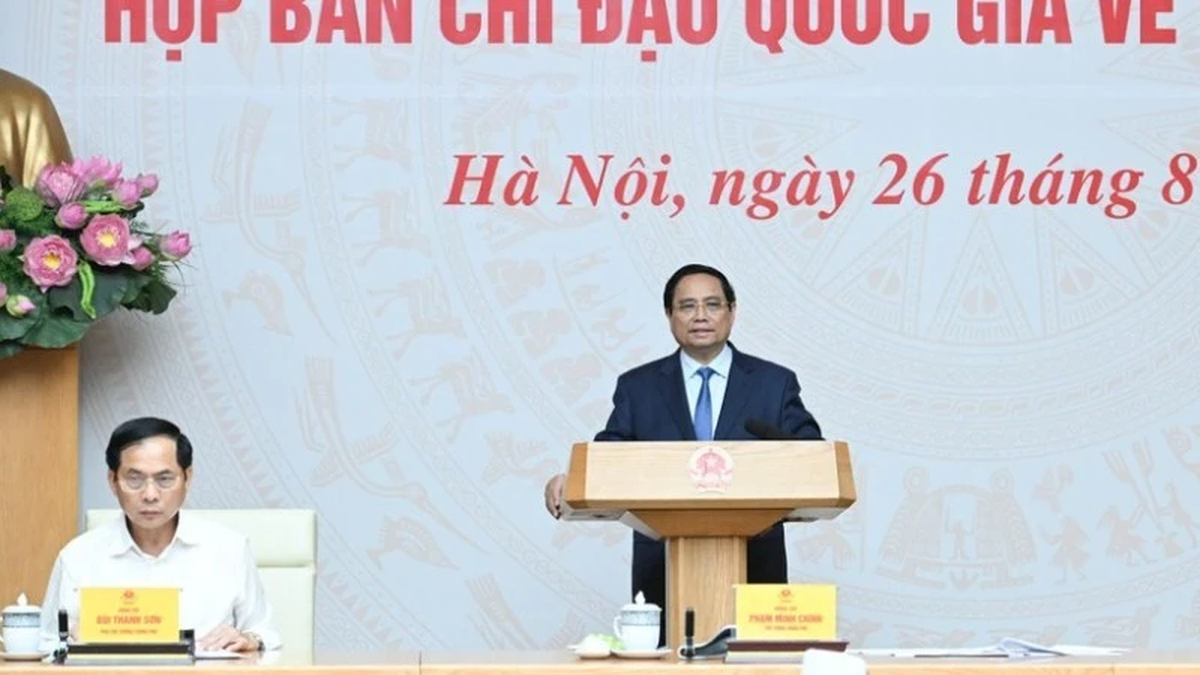

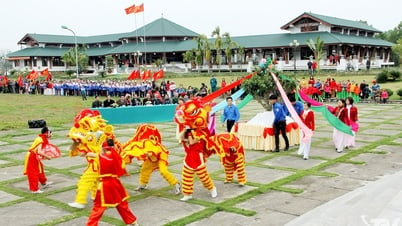

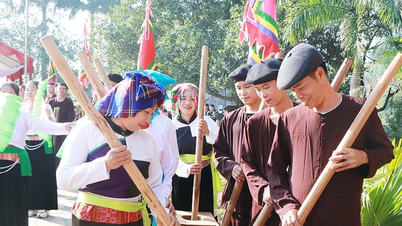

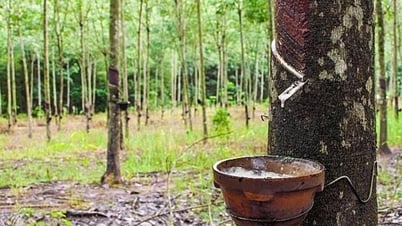

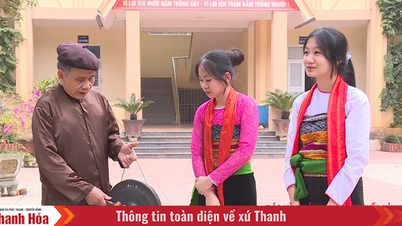

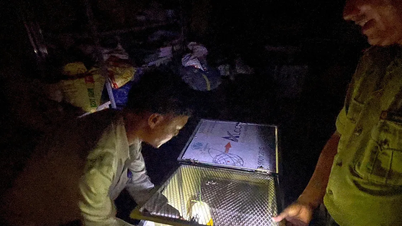

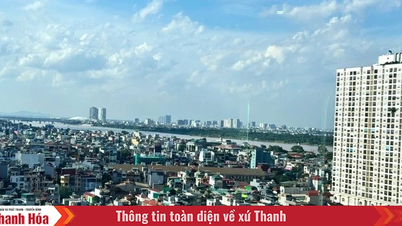

















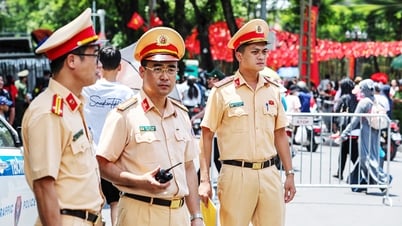

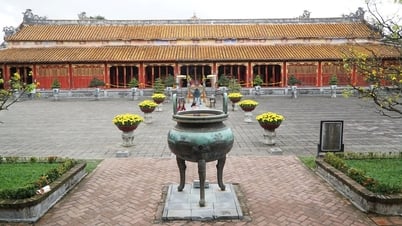

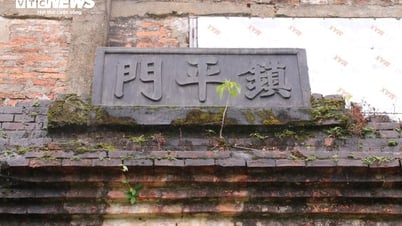

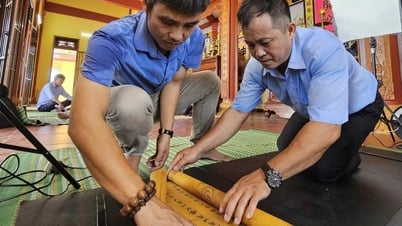



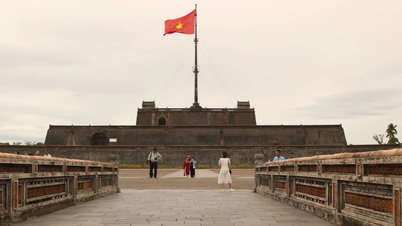

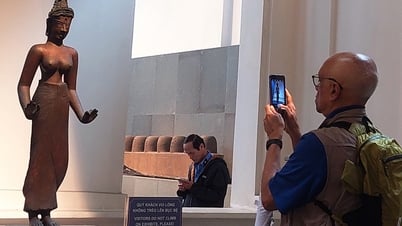


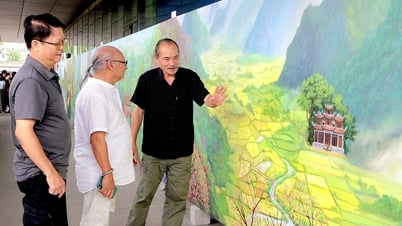










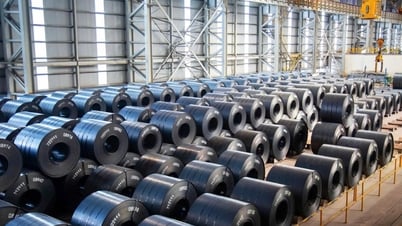


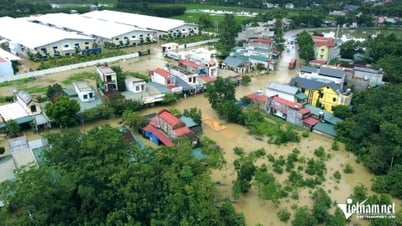

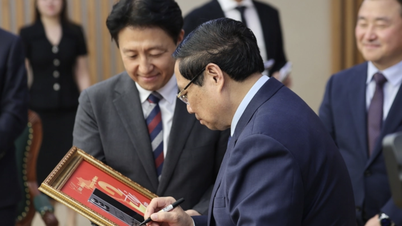
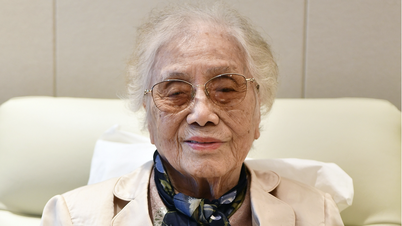






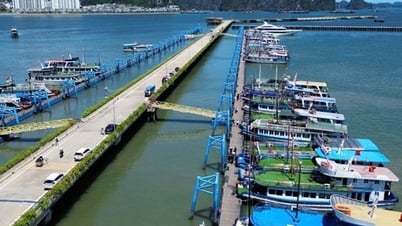
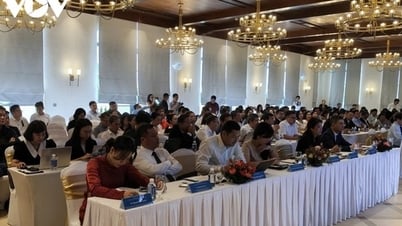
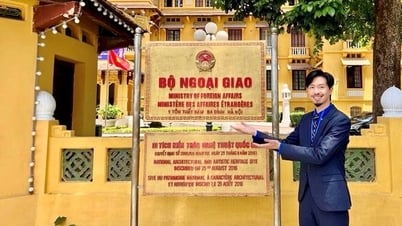









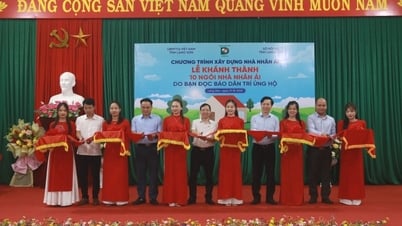






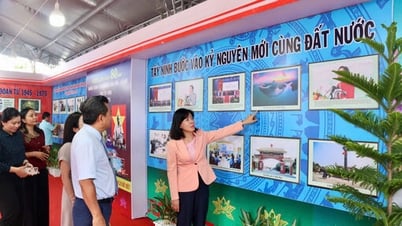










Comment (0)